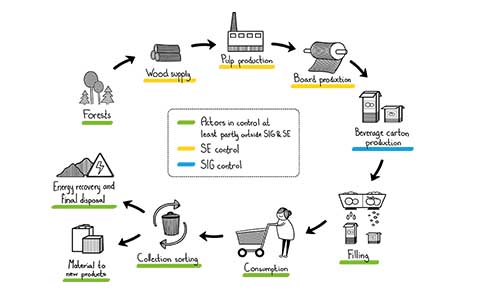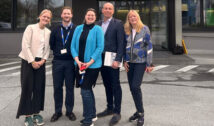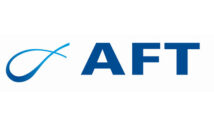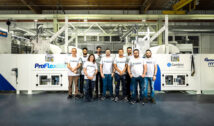
Stora Enso and SIG Combibloc, both operating within the same beverage packaging value chain, are members of the Net Positive Project (NPP) – a collective of leading businesses and NGOs advocating for organizations to reduce how much they take from the environment, society, and the global economy. They instead promote creating positive contributions, such as replacing fossil-intense consumer goods packaging with circular solutions. The two companies have worked collaboratively since 2019 on the development of a net positive food and drink packaging system guided by NPP principles.
Their findings from a related pilot project exploring the end-of-life of used packaging are discussed in a new white paper entitled “Approaching Systemic Transformation – Learnings from applying Net Positive Principles: The case of beverage carton recycling.” This report demonstrates an example of net positivity where wood fiber-based packaging can create opportunities for giving back across the entire life cycle of the wood fiber and its subsequent re-use over several product life cycles.
Expanding circularity with net positivity and collaboration
A net positive approach encourages businesses to see themselves not as a single actor, but a part of a larger system comprised of stakeholders that must work collaboratively to create large-scale and far-reaching change — what the authors of this paper term “systemic and transformative change.” The project between Stora Enso and SIG is an example of this; instead of both companies focusing on their value chains and products separately, they worked together to evaluate their impacts, trace the extent of their operations, and identify circularity opportunities in the larger shared system context.
Rather than exclusively reducing negative impact, the paper proposes focusing on both minimizing footprints and maximizing “handprints” – the measurable “giving back” benefits for environment and society. However, while there are common tools for measuring and reducing footprints, there is not yet a commonly used method for helping companies identify and measure their positive impacts often referred to as handprints. Considering this, the suggested approach offers guiding principles to help companies understand their impact from the perspective of their entire value chain and create handprints so that resulting positive changes will benefit more of society and the environment.
The report also traces how the two companies mapped the extent of the system in which they both operate and influence. Mapping uncovers all the various stakeholders that must act to create systemic change, and it also reveals opportunities at each step of the product life cycle to create handprints.

































